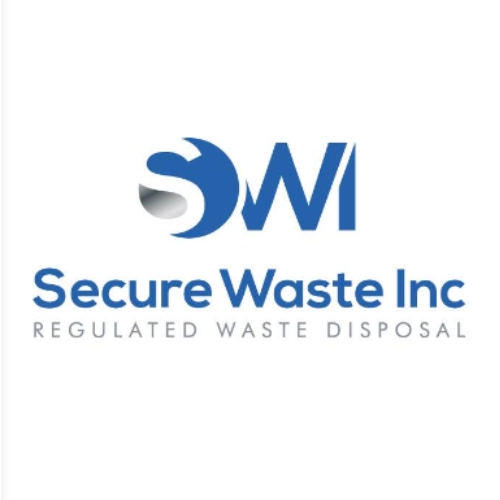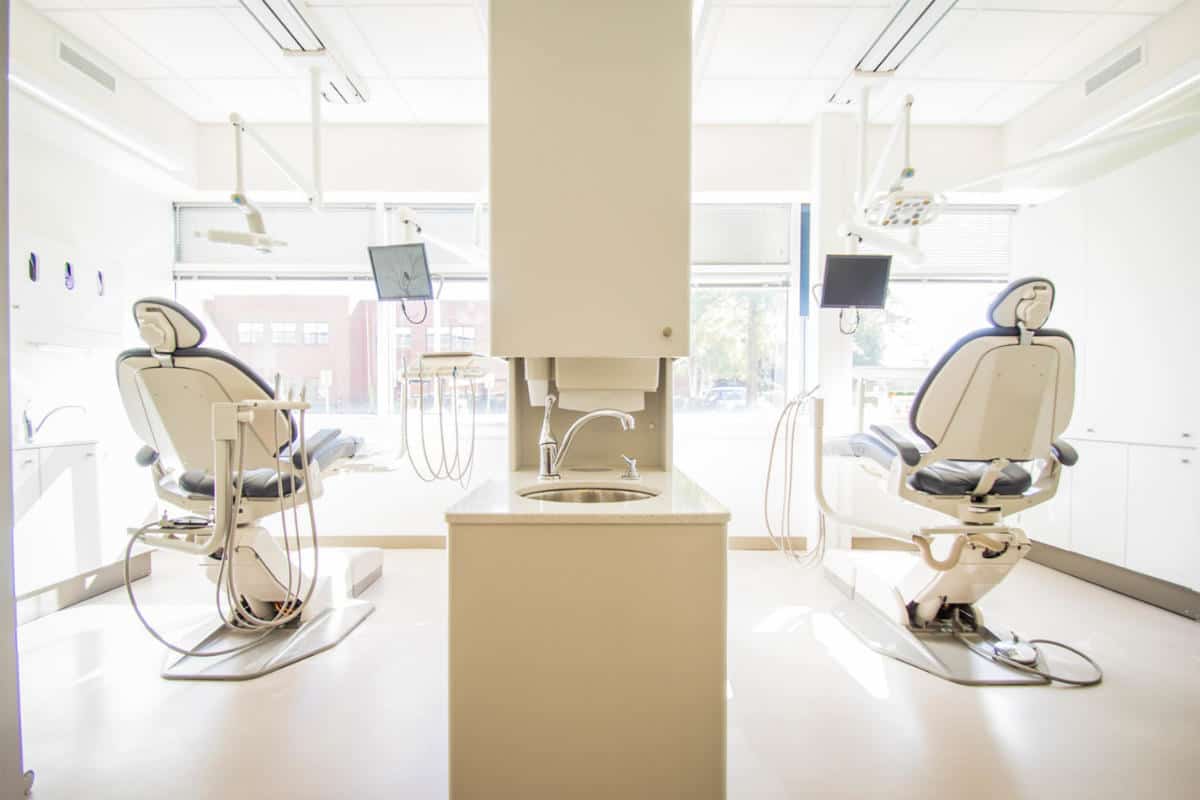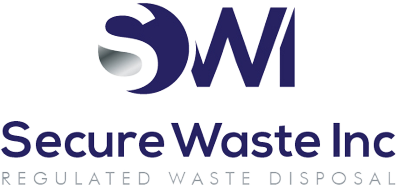Understanding Medical Waste: An Environmental First Approach
Medical waste plays a crucial role in healthcare. It encompasses items that have interacted with body fluids and are generated during human diagnosis, treatment, or immunization.
In addition, Sharps needle containers are used in the healthcare setting.
This waste can be divided into four categories: infectious, hazardous, radioactive, and general. Each category has unique characteristics and requires careful management to safeguard public health and our environment.
Need Help With Medical Waste Disposal?
Infectious Medical Waste: A Focus on Safety
Infectious waste is found in various healthcare settings, including hospitals, doctors’ offices, dental clinics, blood banks, veterinary practices, and research laboratories.
If not handled properly, this waste can be contaminated with blood or bodily fluids, potentially leading to infections.
Referred to as regulated medical waste, it exemplifies the importance of responsible disposal methods in maintaining community health.
Examples of infectious waste include human or animal tissues, blood-soaked bandages, used surgical gloves, and other pathological materials.
These items need special attention during disposal to ensure everyone’s safety. By adhering to proper treatment protocols, we can contribute to a healthier and safer environment, making a remarkable impact on public health.

What Constitutes Medical Waste? Key Insights Into Medical Waste Explained
Infectious medical waste comprises materials that could transmit contagious diseases.
This waste is classified as infectious when it is likely contaminated by harmful organisms typically absent from the environment. The primary categories of contagious medical waste include.
Understanding how to manage infectious medical waste skillfully is vital for healthcare professionals and the community.
By implementing responsible handling and disposal practices, we can collectively protect public health and enhance safety for everyone.
- Cultures and Biological Stocks: This includes discarded cultures and specimens contaminated with infectious agents.
- Blood and Blood Products: Liquid human blood and its unabsorbed products, including visibly blood-stained tubing, fall into this category.
- Pathological Waste: Human tissues, organs, body parts, and unpreserved body fluids require meticulous disposal.
- Sharps: Items like syringes and broken glass can pose risks and must be handled carefully.
- Animal Waste: Contaminated animal carcasses or bedding from exposed animals must be disposed of responsibly.
- Isolation Waste: This type comes from patients with serious infectious diseases and requires strict management due to its potential danger.
- Contaminated Residues: Residue from cleaning spills of infectious waste and materials in contact with contaminated items completes this category.
Hazardous Waste: A Call for Caution Hazardous waste encompasses any solid or liquid refuse that poses risks due to its toxic, reactive, or flammable properties.
Certain paints, batteries, solvents, and pesticides are common examples. Hazardous waste can harm human health and the environment from various sources, including everyday items. It can manifest as liquids, solids, gases, or sludges.
The Environmental Protection Agency (EPA) has established criteria for identifying regulated hazardous waste, encouraging producers to ask essential questions to manage these materials effectively. Doing so can foster positive change within our communities and safeguard our planet!
Radioactive Waste: Navigating Challenges Radioactive waste is another essential category containing radioactive substances no longer intended for use. It can arise from nuclear power generation and various applications, exist as gas, liquid, or solid, and remain radioactive for hours to thousands of years.
Anything surpassing activity concentrations set by authorities, such as the IAEA, is categorized as radioactive waste. Familiarity with this topic is crucial for safely managing these materials, ultimately contributing to a safer and brighter future.
General Waste: Ensuring Oversight. While medical waste primarily consists of specific types, facility employees must remain vigilant to prevent accidental mixing with other waste categories.
General waste, often referred to as non-hazardous waste, does not pose a threat to human or environmental health. However, proper management is still critical since mismanagement can negatively affect our surroundings and businesses.
In many industries, non-hazardous waste is generated during production and can sometimes be subject to specific regulatory requirements. It’s fascinating that what is considered non-hazardous in one state might be viewed differently in another!
Reclassifying waste streams and grasping the distinctions between waste types can achieve significant cost savings. Understanding the criteria for defining waste as non-hazardous empowers us to manage this type correctly, ensuring compliance with legal standards.
Together, let’s champion responsible waste management practices that foster a healthier environment and enhance the sustainability of our businesses!
In conclusion, now that you understand medical waste better, don’t hesitate to contact Secure Waste.
We provide reliable, compliant, eco-friendly medical waste disposal solutions for your facility’s needs. We have expertise in biomedical, hazardous waste, and Sharps container disposal. In addition, we provide customized waste management plans, including secure collection and transport, and sustainable disposal practices.
Contact us today for a FREE Waste Assessment, or request a quote online!

Expert Medical Waste Management: With over 25 years of industry experience, Secure Waste is a trusted local leader in hazardous and biohazardous waste disposal across Maryland, Virginia, and Washington, D.C. Specializing in medical waste management, sharps needle disposal, and biohazard waste removal, the company ensures full compliance with federal, state, and local regulations while prioritizing environmental sustainability.
The company also offers additional services, including secure document shredding and sharps container sales, providing comprehensive solutions for healthcare facilities and businesses. Our cost-effective services help clients maintain regulatory compliance without unexpected costs.
With a commitment to customer satisfaction, Secure Waste offers tailored waste management plans that align with industry best practices. Their team of experts provides reliable, timely, and compliant services, making them the preferred choice for medical waste disposal. For a free waste quote or more information, visit www.securewaste.net






